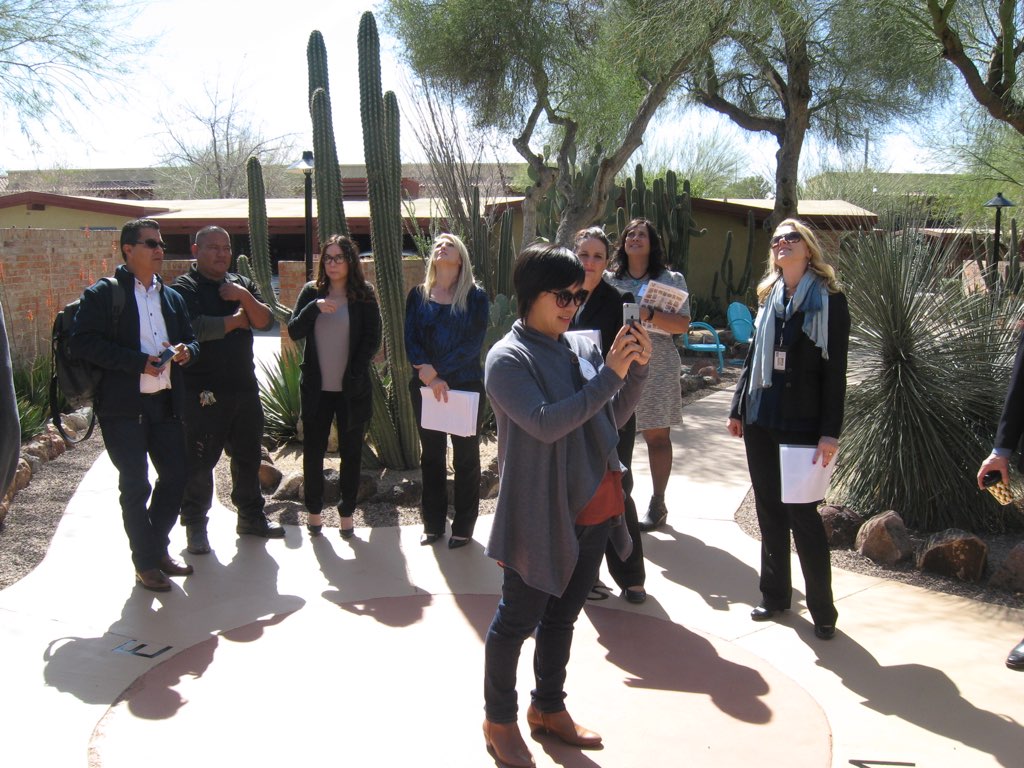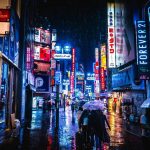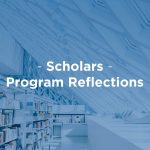Tucson is seeking help revitalizing the Oracle area, a 2.6-mile district north of downtown that was the historic northern gateway into the city before Interstate 10 was completed in the 1960s. Now the area is designated as “high-stress” by the City’s Poverty and Urban Stress Index. In particular, the City would like to review current land use goals for the Oracle area and seeks advice on how to improve its regulatory framework for infill development and neighborhood revitalization.
Located in Southern Arizona, Tucson is home to just over half a million people within the city limits and about one million live in the metropolitan area. Some 37% of the population is Latino, and 19% are retirement age or older. Downtown Tucson has been undergoing a remarkable revitalization in recent years. The Sun Link modern streetcar service started in 2014, providing an important new connection between the west side, downtown, and the university districts. To date there has been $800 million of investment along the 3.9-mile streetcar route. Two Urban Overlay Districts provide regulatory flexibility along the route, and the City’s Business Financial Incentives, which include a discretionary Government Property Lease Excise Tax (GPLET), have spurred recent investments. The City hopes to create conditions that will allow this investment and development momentum to spread to the nearby Oracle area, ideally creating a template for attracting investment that can be replicated throughout Tucson.
The Oracle area is bounded by Miracle Mile on the north, Speedway Boulevard on the south, Interstate 10 and Fairway Avenue to the west, and North Estrella / 7th Avenue to the east. Miracle Mile and Oracle Road (State Route 77) were the historic northern gateway to Tucson. The Oracle area is 1.9 miles north of Downtown and 1.8 miles northwest of the University of Arizona, two major employment areas. Miracle Mile was just added to the National Register of Historic Places. This area was once a popular mid-20th century destination for residents and travelers and retains a number of historic motor lodges and neon signs from that era. However, when Interstate 10 was completed in 1961 just to the west, it diverted thru traffic from Oracle Road and the area began to decline.
Within the Oracle area there are seven neighborhoods, more than 500 businesses, two public school districts, and Pima Community College’s Downtown Campus (an active anchor institution). One of the neighborhoods, Old Pascua, is a Pascua Yaqui Recognized Tribal Community. The Pascua Yaqui Tribe has a shortage of 800 housing units, which are needed to house enrolled members of the tribe. Tucson House is a public housing facility that provides 27% of the City’s total public housing inventory, and it is also located within the area. Providing affordable housing and renovating existing housing stock are prime objectives for the area. There are a number of aging, abandoned, and underutilized retail buildings in the area as well vacant land with commercial zoning. The area is also well served by Sun Tran fixed route transit service, including several routes that are part of Sun Tran’s Frequent Transit Network.
While the area does have significant challenges in terms of crime and blight, it remains a prime central city location and contains a number of historical assets. A decade ago, a group of committed residents mobilized to address pressing issues and the City provided some planning assistance, which led to the Oracle Area Revitalization Project (OARP). Oracle is also the target area for a Choice Neighborhoods Grant that the City submitted to HUD in 2017. The 2011 OARP report recommended that housing should be the initial focus of any revitalization effort, through upgrading existing affordable housing, develop more middle-income housing, encouraging homeownership and assisting with property upkeep and investment. It also had a major focus on neighborhood economic development and historic preservation, particularly for the Miracle Mile.
Sections of the Oracle area are eligible for the Government Property Lease Excise Tax (GPLET) and Infill Incentive District overlay (IID). The GPLET provides an 8-year tax waiver to developers and business owners who want to make significant improvements. The IID provides property owners with relief from certain regulatory framework and dimensional requirements in exchange for a higher level of design consideration and building materials. The IID also allows height increases up to 60 feet in more restrictive zones if the development supports transit and is pedestrian oriented.
In addition to the incentive districts, the City is currently working on an Urban Overlay District model (UOD), which has been used successfully along the streetcar route and near the University of Arizona and Downtown in providing regulatory flexibility in exchange for better design. The Mayor and City Council have approved a vision for the UOD, and staff believes that developing a UOD for the Oracle Area can build on previous success by expanding this approach and providing a template for revitalizing other areas with similar challenges.
The City’s process for making changes to the zoning code, area plans, and neighborhood plans can be time consuming and complex. While land use goals were developed for this area in 2011 through the OARP, the goals were largely conceptual and have not been incorporated through a formal zoning code or area plan amendments. Specifically, the City is seeking guidance from the Rose Center on the following questions:
- Given the area’s prime location and historical assets, how best can we leverage previous planning efforts and incentives to spur private development and fulfill the area’s potential?
- What guidance do you have on how to provide regulatory relief to partners seeking to revitalize the area while supporting the existing community groups, businesses, and various stakeholders throughout the process?
Tucson plans to use the lessons learned from the Rose Fellowship process as a template to promote economic mobility, advance equity and drive investment in other areas of the City. It intends to incorporate feedback with respect to community revitalization, urban design and land use goals, planning process, and the City’s regulatory framework into future development plans.



